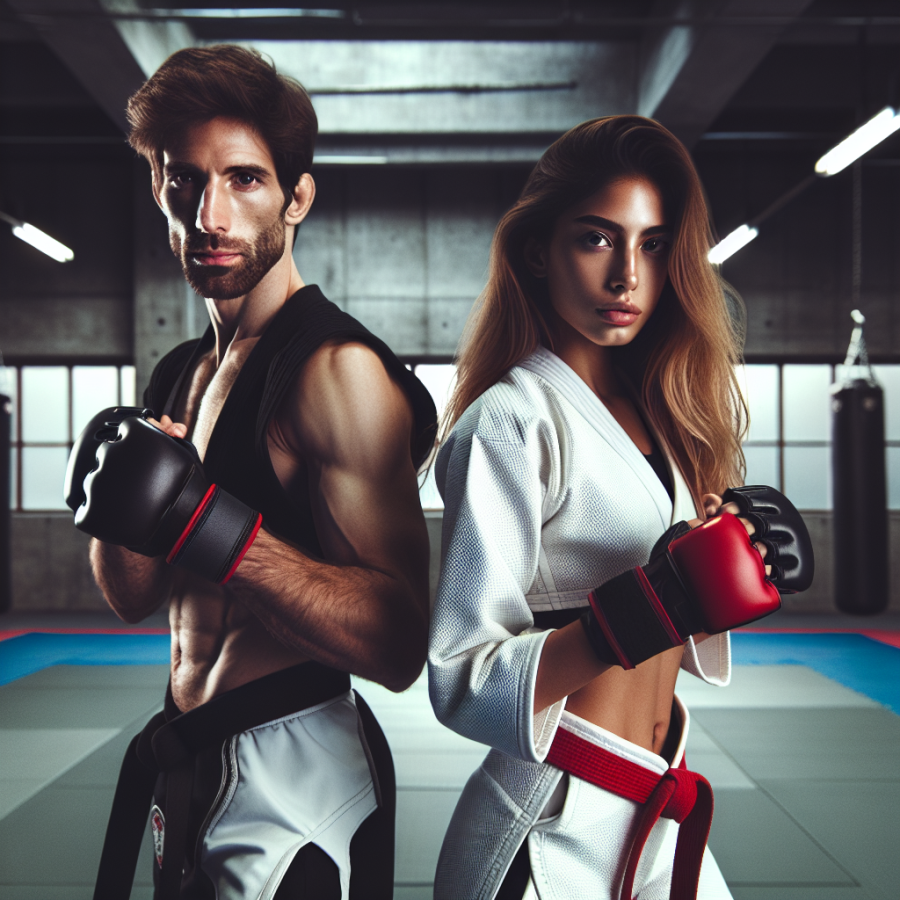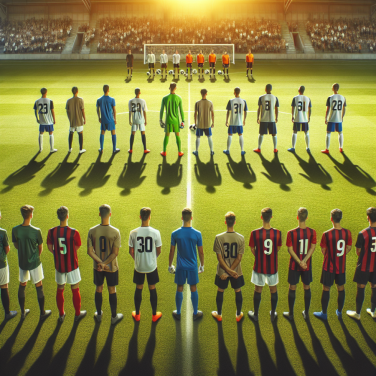Tracing Shooto's Roots: The Transformation from Japanese Combat Sport to International Craze
Tracing Shooto's Roots: The Transformation from Japanese Combat Sport to International Craze
At the heart of Shooto's fascinating journey from a nascent Japanese combat sport to an international craze lies the vision and dedication of its founding father, Satoru Sayama. Better known as Tiger Mask, his wrestling persona, Sayama's initial focus was to create a realistic and competitive fighting system that incorporated elements from multiple disciplines, including wrestling, judo, and karate. The sport emerged in the early 1980s not merely as a martial art but as a promotion that aimed to find the most effective combat techniques in a real-match scenario.
Sayama's intention was to foster a sense of realism that traditional martial arts competitions seemed to lack. He wanted fighters to experience the full spectrum of a real confrontation within a safe and regulated environment. Shooto encapsulates striking, grappling, and submission moves, paving the way for what would become known as Mixed Martial Arts (MMA).
As the sport developed, it became increasingly structured, with Shooto commissioning its own set of rules and weight classes, which further distinguished it from other fighting organizations and contributed to its legitimate sporting status. The matches, initially held in smaller venues, started gaining popularity as audiences appreciated the technical prowess and intensity displayed by the fighters.
Shifts in cultural interest towards martial arts in the '90s, fueled by action movies and the fascination with Eastern practices, propelled Shooto onto the international stage. Moreover, the advent of the internet allowed for a faster exchange of information about the sport, spreading its techniques, philosophy, and competitions across the globe.
The internationalization of Shooto saw the establishment of various organizations and gyms beyond Japan, dedicated to training athletes in this particular combat sport. Dedicated practitioners from around the world started to make pilgrimages to Japan to learn from the source, while Japanese Shooto experts also began to travel abroad to teach. This cross-pollination of techniques and knowledge was a significant factor in the sport's expansion.
The success of Shooto fighters in the emerging global MMA scene further cemented Shooto's reputation as a breeding ground for elite combat sports athletes. Success stories of Shooto alumni performing extraordinarily well in larger MMA promotions caught the attention of aspiring fighters, who saw Shooto as a necessary stepping stone for a career in MMA.
Read also:
Harnessing the Wind: The Thrilling World of Kite Sports
Beyond the Archipelago: How Shooto Captured the Hearts of Fighters Worldwide
Shooto, a combat sport born in the land of the rising sun, has transcended Japanese borders and become a significant force in the global martial arts community. Its roots can be traced back to the early 1980s when Satoru Sayama, also known as the original Tiger Mask, envisioned a sport where competitors could test their skills in a realistic and safe environment. What started as a form of hybrid wrestling quickly evolved into a precursor for modern mixed martial arts (MMA).
Internationally, Shooto's appeal lies within its authenticity and strict adherence to the spirit of martial arts. The organization stays true to the philosophy of promoting fights based entirely on skill level rather than weight class alone, which has attracted fighters looking for a pure form of competition. This level-playing field approach has allowed athletes from all over the world to participate in a sport where technique and strategy outweigh sheer size and strength advantages.
Shooto's gradual expansion beyond Japan began when it caught the eye of international martial artists. Practitioners from Brazil, the United States, and Europe were quick to appreciate the sport's complex rule set and its emphasis on a more realistic fighting experience. Shooto Brazil became a notable hotbed for talent, nurturing future stars who would go on to compete at the highest levels of MMA. Notably, the close relationship between Shooto and Brazilian Jiu-Jitsu helped the sport grow in regions where BJJ was already popular, creating a symbiotic relationship that propelled both martial arts forward.
What also contributed to Shooto's international popularity has been its comprehensive ranking system and championship belts. Unlike many traditional martial arts competitions, Shooto provides clear and achievable goals for fighters through their organizational structure. This has resulted in a compelling narrative for fighters' careers, as athletes rise through the ranks to compete for recognition as real-world champions. This semblance of progression has made the sport particularly appealing to competitors who are driven by tangible milestones and recognition within the community.
Shooto's education and training system, which includes a robust certification process for instructors, has played a pivotal role in its dissemination. By maintaining high standards for coaching and instruction, Shooto has ensured that the quality of training remains consistent worldwide, fostering a deep respect for the sport's techniques. As a result, Shooto gyms and academies have sprouted up around the globe, offering an authentic experience to fighters and enthusiasts alike.
International Shooto events have augmented the sport's status on the global stage.




